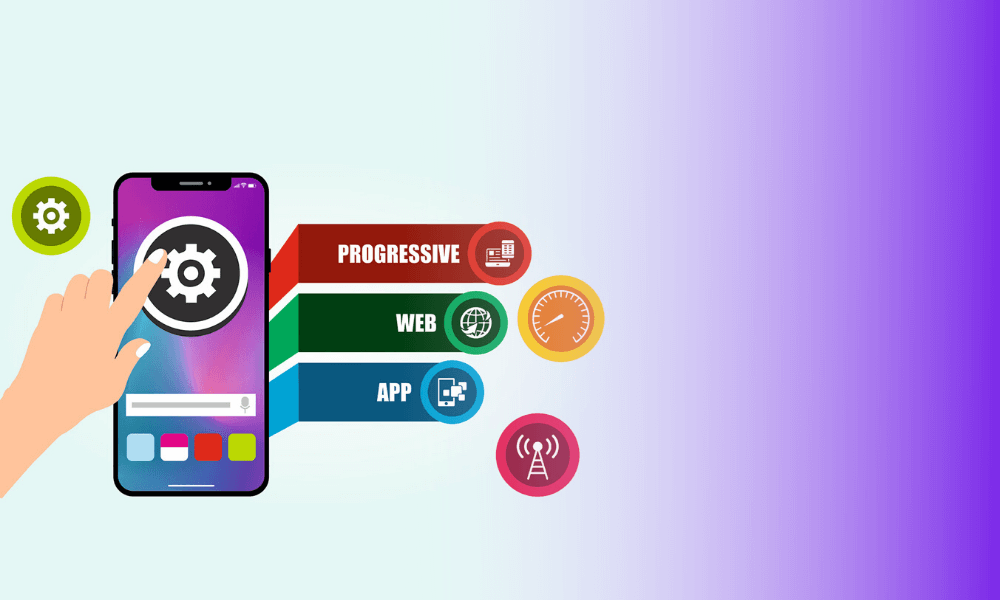The Foundational Technology of App-Like Web Experiences

The evolution of web development has led to a powerful hybrid solution known as the Progressive Web App (PWA), a technology designed to deliver an app-like experience directly through a web browser. Unlike native applications that require a download from an app store, PWAs are discoverable through search engines and can be "installed" on a user's home screen with a single tap. This model significantly reduces user friction and bypasses the gatekeeping and revenue-sharing requirements of traditional app marketplaces. By leveraging modern web capabilities, PWAs provide a fast, reliable, and engaging user experience that works across all devices and platforms from a single codebase, representing a fundamental shift in how businesses approach their mobile strategy and user engagement in an increasingly digital-first world.
At the core of a PWA are three key technological pillars: Service Workers, a Web App Manifest, and a secure HTTPS connection. Service Workers are scripts that run in the background, separate from the web page, enabling features that were once exclusive to native apps, such as offline functionality, background data synchronization, and push notifications. The Web App Manifest is a simple JSON file that tells the browser about the web application, including its name, icon, and splash screen, allowing it to be installed on the home screen. Finally, serving the application over HTTPS is a strict requirement, ensuring that all communication between the user and the server is secure and protected from tampering, which is critical for building user trust and safeguarding data.
The primary value proposition of a PWA is its ability to combine the best of both the web and native applications. It offers the reach and discoverability of the web, as any user with a browser can access it, while providing the immersive, high-performance experience of a native app. This results in tangible business benefits, including higher user engagement, improved conversion rates, and lower bounce rates. For developers, the advantage lies in the efficiency of maintaining a single, unified codebase that serves all users, regardless of their device or operating system, dramatically reducing development time and maintenance costs compared to building and supporting separate iOS and Android applications.





